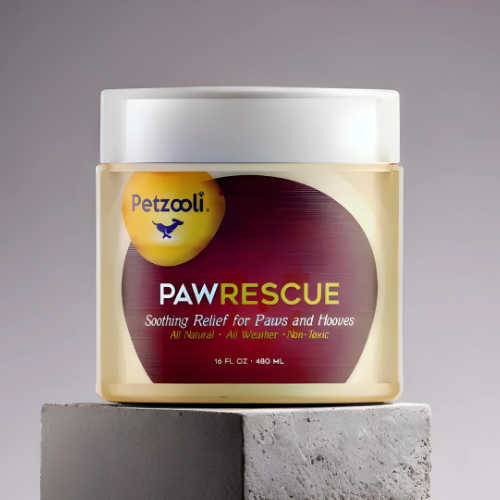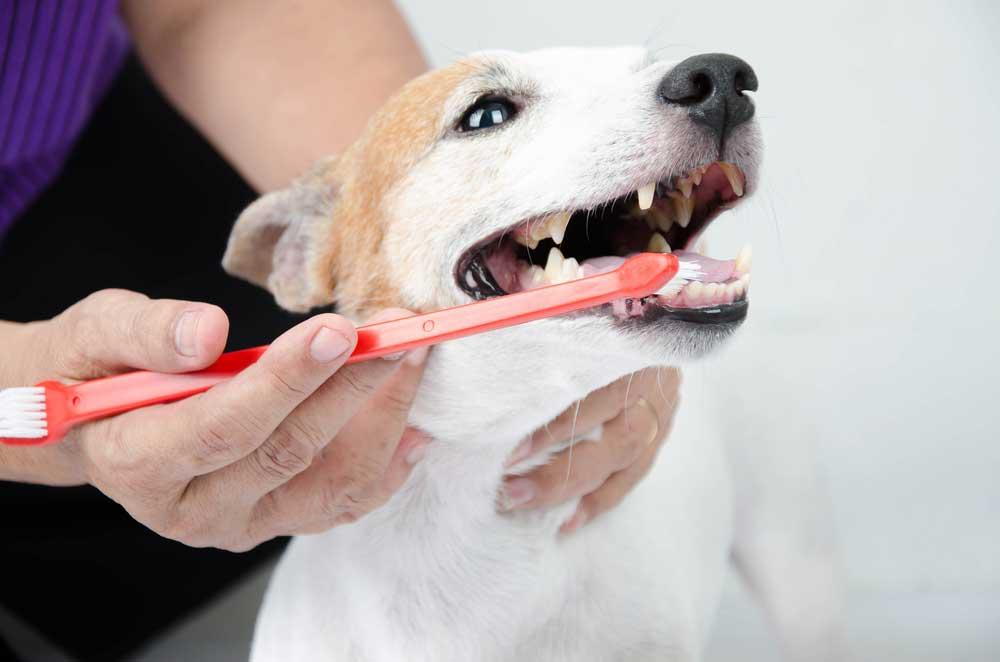
How to Remove Tartar from Dog Teeth: Secrets for Pet Owners
Share

The Importance of Canine Dental Health
As a health-conscious pet owner, you're acutely aware of the importance of maintaining your dog's health. One often-overlooked yet crucial aspect is your pet's dental hygiene. Tartar buildup is a common issue among dogs, potentially leading to severe health problems if not addressed promptly.
The question that plagues many pet owners is, how to remove tartar from dog teeth? It's a critical concern, not only for your pets comfort but also to prevent long-term health issues.

What is Tartar and Why Is It Harmful?
Tartar, also known as dental calculus, forms when plaque on the teeth hardens over time. Plaque itself is a soft, sticky film of bacteria. When it mineralizes, it turns into tartar, which is more challenging to remove and exacerbates dental issues. This process can lead to gingivitis, periodontal disease, and even tooth loss.
Signs of Tartar Buildup
- Yellow or brown discoloration on teeth
- Bad breath
- Inflamed or bleeding gums
- Difficulty eating
- Pawing at the mouth

How to Remove Tartar from Dog Teeth at Home
Removing tartar from your dog's teeth can be done at home with regular brushing, dental treats, and specialized diets. With consistent care, you can manage and even reduce tartar buildup.
Brushing Your Dog's Teeth
Brushing your dog's teeth is the most effective way to reduce plaque and tartar. Here's how to do it:
- Use a dog-specific toothbrush and toothpaste. Human toothpaste can be harmful to dogs.
- Brush in a circular motion, focusing on the gum line.
- Start slowly, allowing your dog to get used to the process.
For tips on selecting the right products, check out our Dog Toothbrush Guide.
Dental Treats and Chew Toys
Dental treats and chew toys are excellent for reducing tartar. They work by mechanically scraping the teeth and massaging the gums. However, not all treats are created equal. Opt for ones approved by veterinarians.
For more on effective dental health tips, see our Dog Dental Treats section.

Diet and Its Role in Dental Health
Your dog's diet plays a significant role in preventing tartar buildup. Special dental diets are available that help reduce plaque and tartar formation. These diets often have a better nutrient balance and kibble design that promotes chewing.
For further information on nutritional recommendations, visit Dog Dental Diet.
When to Seek Professional Help
Despite your best efforts, some tartar buildup may require professional intervention. A veterinary cleaning involves scaling, polishing, and sometimes even extracting teeth. These procedures often need anesthesia.
Signs Your Dog Needs Professional Cleaning
- Persistent bad breath
- Severe discoloration of teeth
- Very inflamed gums
- Difficulty eating or obvious pain
The Procedure
Professional cleaning is more thorough and can address issues that home care cannot. The vet will:
- Perform a thorough cleaning to remove plaque and tartar.
- Polish the teeth to prevent future plaque buildup.
- Conduct a full oral examination for other dental issues.
For an in-depth look at what to expect during a professional cleaning, check out this VCA Hospitals Guide.
FAQs
Is it safe to use human toothpaste on my dog?
No, human toothpaste contains ingredients that can be harmful to dogs. Always use toothpaste formulated for pets.
How often should I brush my dog's teeth?
It's ideal to brush your dog's teeth daily. However, even 2-3 times a week can make a significant difference.
What if my dog hates having their teeth brushed?
Many dogs resist at first, but consistency and patience can help them become accustomed to it. Dental treats and toys can also aid in maintaining dental health. For more tips, visit our Brushing Dog Teeth article.
As an Amazon Associate, I earn from qualifying purchases.
